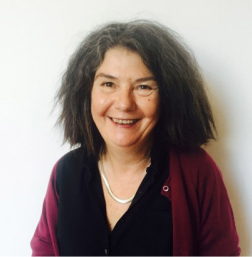Cécile LE PRADO
Paris, France
Music composer, teacher-researcher at the CNAM, professor of interactive sound design at the Cologne Game Lab, works in Cédric’s laboratory at the CNAM.

Biography
Born in 1956, she studied music and electroacoustic composition at the Nantes conservatory. She works notably at GES Vierzon, INA-GRM and Ircam. She produces music for dance and for the image with Robert Cahen, Christian Boustani, Jean-Christophe Ballot… At the 1996 Imagina Festival, she won the prize for the best soundtrack for Bruges by Christian Boustani, an extract from the triptych Les Cités anteriors ( Siena, Bruges, Toledo).
In addition to numerous acousmatic concert pieces, radiophonic creations, Cécile Le Prado has long been interested in architecture and soundscapes. She creates sound installations in different places: Water Games, as part of the “Lunches on the Erdre” in La Chapelle-sur-Erdre, Follia, as part of the “Sites Chosen” exhibition in Niort, Le Passeur in the Parc de La Villette and the Parc de l’Orangerie in Nice, as part of the Manca festival, Belleville at the Maison de La Villette, Vocatifs, in Saint-Denis, as part of “Artifices 3”, an exhibition devoted to the relationship between art and new technologies.
In 1996, she created the installation Le Triangle d’incertitude, presented at the Quartz de Brest, La Grande Halle de la Villette and at Ircam (CD collection Ircam 005).
Cécile Le Prado’s compositions are a musical work, a dreamlike metaphor of the real soundscape, both a pretext and the starting point for an inner journey. It offers music-landscapes, sound-borders, to be explored.
A member of the CEDRIC research laboratory, she carries out teaching activities at the National Conservatory of Arts and Crafts as well as at the Cologne Game lab.
Answers from Cécile Le Prado
My name is Cécile Le Prado, so I am a music composer and also in charge of teaching, research teacher at the CNAM and also a professor at the Cologne Game Lab in Cologne where I teach sound design and in particular design. sound for video game. Then I am part of a research laboratory which is the Cédric at the CNAM.
What I hear about the title of “creative media” is to say that it would cover, if I understand correctly, several fields ranging from linear media or non-linear media, therefore which would go from television, film to ‘to video games to interactive media with this creative author aspect.
Obviously I think it’s absolutely fundamental, probably mixed with a more technical aspect and maybe a marketing knowledge profile as well.
I think that what is absolutely fundamental is to have at least a story, precisely audiovisual in general, I think that maybe it could also start from things, maybe before the culture of the theater, etc.
And then that goes up to a knowledge of things that are in interactive media. So it can be installations, not just video games or commercialized things, but broader things. In relation to that, what seems important to me is this cultural aspect through a knowledge of art. And then, in parallel, technical knowledge is quite important.
The separations that still exist a bit now, for example, the video game different from the film, different from the installations, etc. In my opinion, everyone is going to use the same tools and somewhat the same know-how for different purposes, I think that’s what we’re going towards, the students have to be prepared to be mobile and to understand all that, moving and having acquired the tools that will be useful to everyone. A specific example is a game engine like Unity or another or a sound engine that can be used to make not only games, but dynamic situations on television, for example.
An important thing that is developed on the accessibility side already, the consideration that the senses are not covered all the time, by the people who will navigate in these media. In this case, it is people who cannot see, who are visually impaired, etc. But not only that, that is an access, that is to say the transfer of information which is not solely, as is all the same the case still now monopolized by the visual or the text which can be transmitted . So I’m thinking about sound, but I think that soon we’ll be transmitting touch or smells, but we’re not at the technological level, but I think it can happen.
And the second aspect is that I think sound ergonomics is a very important element both for this aspect of accessibility, but not only, that is to say to make people understand, to to be multimodal and to have information with different media.
And I’m sure that this aspect of sound ergonomics is something fundamental right now.
However, it is not a technological revolution because it already exists. We may be going more and more towards procedural, and so it’s a track that is also important, and procedural, perhaps based on data that are things of existing sounds, not only from synthesis, but from pre-existing sounds and transforming things. It’s not a technological revolution, it’s more of an evolution, like for the tools we have for 3D in sound and 3D in images, for capture and restitution, it’s used in games, in motors, but it’s used in 360° films. But it’s not a revolution. It’s already there, for me it’s already active so a next step, I don’t know which one it would be. But we are already in this stage of transformation and it is not really a revolution for me.
At the Enjmin, we train people, in their second year, in this 360-degree opening, which is out of the games at the master’s level. But that is from a tool point of view, it is not from a thought point of view, of how one can for example make an interesting linear project using 360 degrees which are not 360 degrees besides, there is no elevation. Example in Cologne, it’s the same in Masters we don’t learn that but we should explain to future students, not from a technical point of view, that they will acquire it. It’s from a point of view, what it brings in terms of conception and design. And how can we think differently using the sound of 360 degree images.
I actually rely on my experience of Enjmin anyway, it’s collective work and knowledge of the skills of each of the other trades and language. It is absolutely essential, that is to say the common core aspect to fully understand what is happening in others. And after that, it’s the mix between the creative aspect and the technical aspect. That is to say, in the teachers if you have the choice, it is to have people who come from the field of academies, creators and also people who are in the industry because that seems to me very important. And then finally, the last point is that culture does not begin at the age of the students, it is absolutely necessary to insist on the fact that general culture is absolutely essential.
So, once again, it didn’t start 20 or 23 years ago. I think that for the intellectual formation of future students, by experience, it is absolutely essential and we never put enough of it, I think. It’s not easy to pass, and we never put enough.



